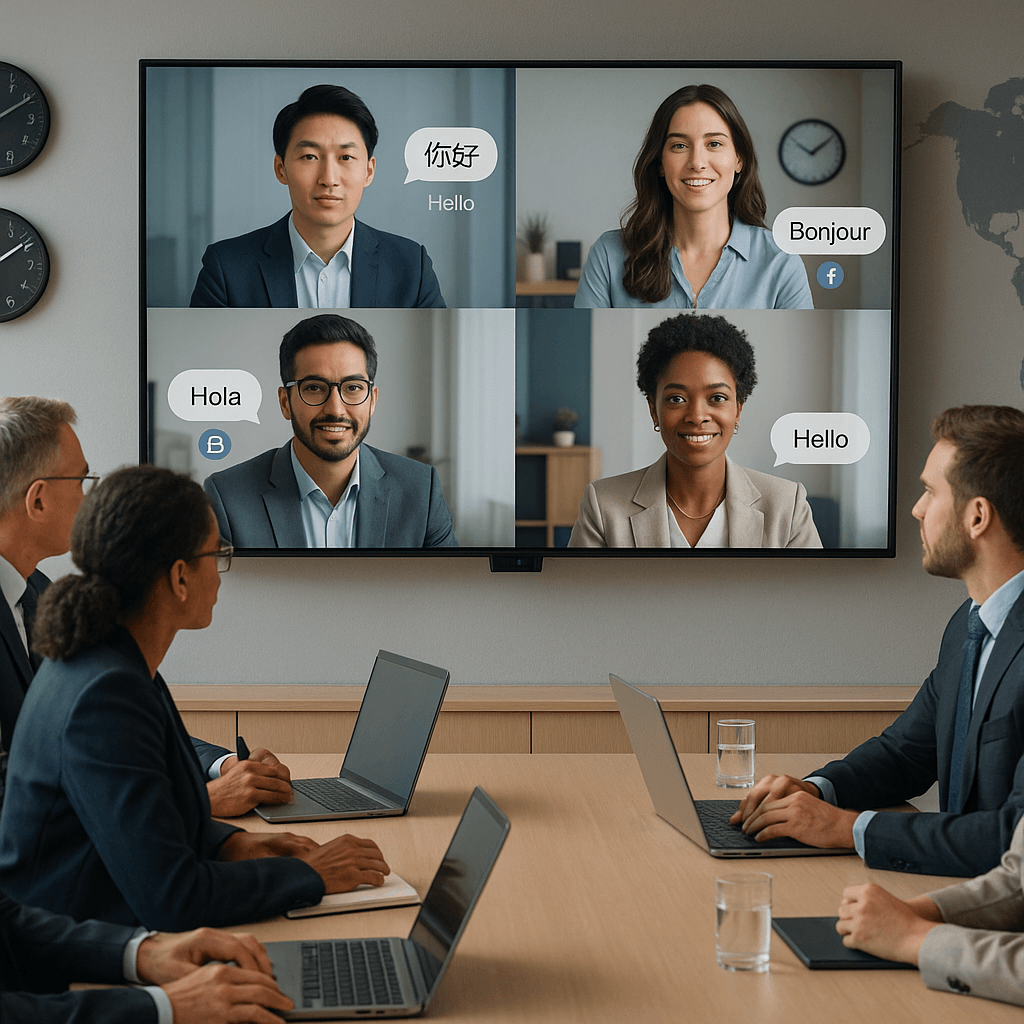Google Concludes First AI Filmmaking Cohort with Flow Sessions
Google concludes its first Flow Sessions cohort, showcasing AI as a collaborator in filmmaking, not a replacement for creativity.

Google’s Flow Sessions: How Artists Are Shaping the Future of AI Filmmaking
Google’s Flow Sessions, a pioneering artist cohort program, is redefining how AI tools are integrated into creative filmmaking. Launched in September 2025, the initiative gave a select group of artists unlimited access to Flow, Google’s AI-powered filmmaking tool, alongside mentorship and workshops. Over two months, participants produced a series of short films that showcased the potential of AI not as a replacement for creativity, but as a collaborator in storytelling. The program’s first cohort has now concluded, and the lessons learned are already influencing the next wave of AI-driven creative work.
The Flow Sessions Experience
Flow Sessions was designed to bridge the gap between technical AI capabilities and artistic vision. Artists from diverse backgrounds—ranging from filmmakers and visual artists to poets and designers—were invited to experiment with Flow, Google’s AI filmmaking platform. The tool enables users to generate video content by combining prompts, reference images, and creative direction, allowing for rapid prototyping and iterative storytelling.
Participants emphasized that the most successful projects emerged when they approached Flow with a director’s mindset. Rather than focusing on technical knobs or algorithmic tweaks, artists prioritized story, character development, and emotional arc. As Leilanni Todd, one of the participating artists, noted: “The magic happens when you bring your own vision, art direction, storytelling and point of view to guide [Flow] — that’s where something truly original emerges.” This approach led to deeply personal films, such as Katie Luo’s “The Sun Returned,” a visual poem inspired by her visit to her grandparents in Taiwan. Luo used Flow to transform real photographs into dreamlike scenescapes, exploring themes of generational love and cultural connection.
Three Key Lessons from Flow Sessions
Google has distilled the experience of the first cohort into three major lessons for creatives working with AI:
-
Embrace a Director’s Mindset
Artists found that the most impactful results came from focusing on intention and vision. Flow is not a push-button solution; it thrives when guided by a clear creative direction. Artists who defined their story, tone, and emotional arc before generating content produced more cohesive and compelling films. -
Prototype Fast, Learn, Then Scale
The program encouraged rapid prototyping—creating short scenes rather than attempting full-length epics. This iterative process allowed artists to experiment, learn from mistakes, and refine their approach. Many participants saved variations of their work, curating the best results like traditional editors. -
Collaborate and Mix Sources
Flow excels when fed diverse inputs: photographs, voice notes, rough sketches, and even cultural references. Artists who collaborated early—pairing directors with editors, designers with musicians—produced richer, more layered films. Constraints, such as time limits or shot counts, also helped sharpen creative decisions.
Industry Impact and Future Directions
Flow Sessions is more than a pilot program; it signals Google’s commitment to working with artists rather than around them. By prioritizing collaboration, story, and iteration, Google is positioning Flow as a tool for serious creative work, not just technical demos. The second cohort of Flow Sessions has already launched, indicating that this is a long-term initiative aimed at shaping the future of AI video.
For working creatives, the program offers valuable insights:
- Lead with vision, not technical expertise.
- Prototype quickly and embrace happy accidents.
- Mix sources and collaborate across disciplines.
- Use constraints to sharpen taste and focus.
- Document the creative process to protect authenticity.
Visuals and Context
The Flow Sessions program has produced a range of visually striking short films, many of which are available for viewing on Google’s official Flow website. These films showcase the blend of AI-generated visuals and human storytelling, from digital family heirlooms to cultural narratives. Official product images of Flow and screenshots from the films highlight the tool’s capabilities and the artists’ creative processes.
Conclusion
Google’s Flow Sessions is setting a new standard for AI filmmaking, proving that the most powerful creative tools are those that amplify human vision rather than replace it. As the program expands, it will continue to shape how artists and technologists collaborate, pushing the boundaries of what’s possible in digital storytelling. For creatives everywhere, the message is clear: in the age of AI, vision beats code.



